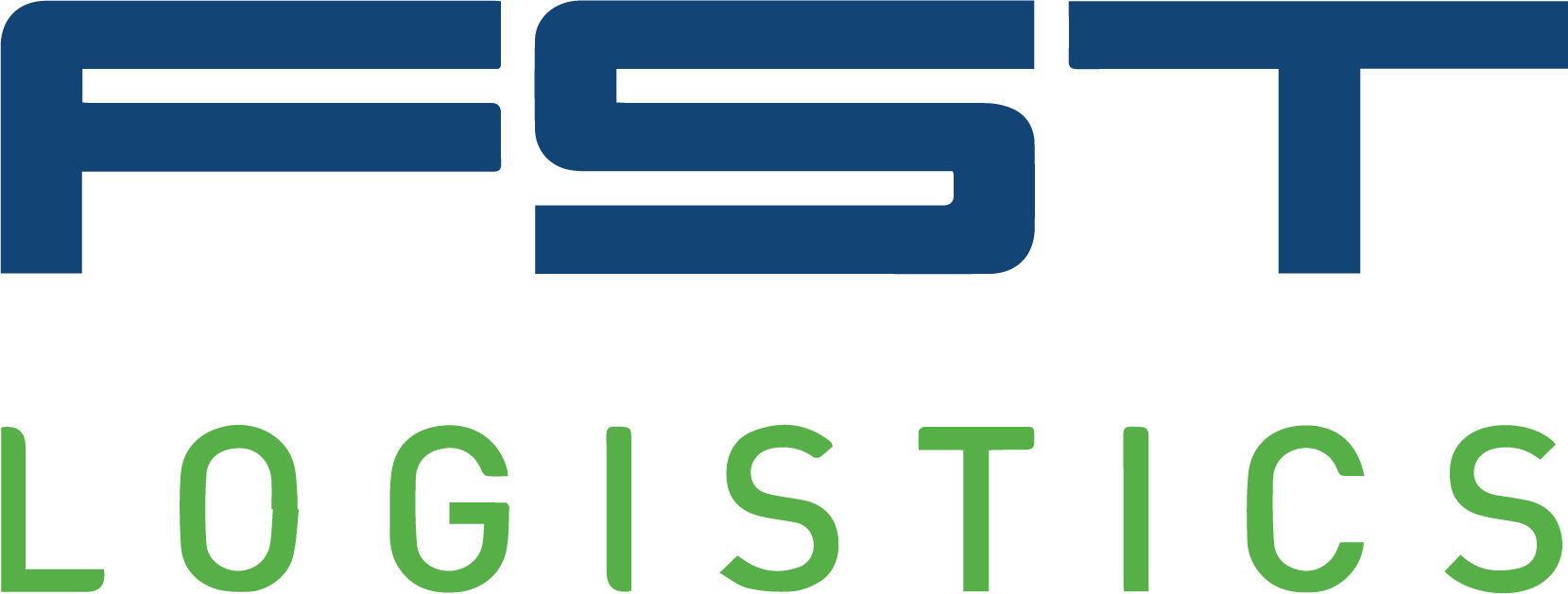The transportation market shifts often and inventory errors add up fast. Unnecessary expenditures can balloon if not found and addressed quickly.
But pausing to evaluate operations is rarely an option for strapped logistics teams. This is particularly true for scaling brands that experience fast change with new and growing customer demands.
Brands should be able to rely on their logistics partners for identifying issues and saving potential. Your 3PL should be helping you to track dips, spikes and oddities in your operations data and keeping you abreast of opportunities to improve efficiencies.
If your 3PL isn’t providing you with an in-depth evaluation monthly or quarterly, you are likely leaving money on the table. The market changes far too quickly to only do annual or semiannual reviews.
Here’s a look at what Quarterly Business Reviews (QBRs) should evaluate and how doing them often is one of the best ways to find new logistics savings.
“The quarterly business reviews are a great opportunity to take a step back and evaluate current operations as well as a valuable opportunity to focus more strategically on growth and initiatives.”
Finding transportation savings
Evaluate where your money is really going. When you look granularly, there are often transportation savings beyond rates. Look for spikes, dips and trends in the data to find the biggest culprits and opportunities.
For example, when evaluating an FST customer’s transportation spend, we found their biggest customer shifted to ordering a varying number of pallets every week, leading to an increased average cost per load. They could cut costs and lock in better LTL rates if they standardized POs and shipped fewer but bigger orders. Through the QBR, we armed them with the data they needed to establish order minimums and set regular schedules.
Other QBRs have identified lumper and detention charges that could be avoided with slight changes to production and shipping schedules. And for customers that experience fast growth, QBRs often identify consolidation opportunities that weren’t previously available.
During a QBR, check your transportation data for:
- Hot Receivers, Retailers or Consignees: Identify the destinations that consistently have high order volumes or special requirements. Knowing your hot locations, or noting a change in hot locations, allows for better route planning and allocation of resources.
- High Dwell or Detention Times: Measure the time your trucks spend waiting at shipping and receiving facilities. Noting a location with consistently high dwell or detention times will allow you to 1) change delivery schedules and lower operational costs or 2) have productive pricing conversations that account for expenses incurred from added wait times.
- High or Repeated Accessorial Fees: Keep track of any additional fees charged by carriers for services beyond standard transportation, such as liftgate services, inside delivery or re-delivery. Repeated accessorial fees may indicate inefficiencies in your shipping processes.
- Chargebacks per Receiver/Shipper: Monitor the number of chargebacks received from retailers or consignees due to issues like late deliveries, damaged goods or incorrect shipments. Find ways to reduce these chargebacks to improve profitability.
- Cost per Mile: Calculate the cost associated with transporting goods per mile traveled. This metric helps assess the efficiency of your transportation network and can inform decisions on route optimization.
- Cost per Case/Pallet: Determine the cost of transporting each case, pallet or unit of product. This metric provides insights into the efficiency of your packaging and loading processes and could uncover opportunities for PO negotiations.
- On-Time Delivery Performance: Track the percentage of shipments that are delivered on time as promised. Address those with consistently low performance, evaluating changes with schedules, carrier and appointment times.
- Route Optimization: Measure the efficiency of your routes by assessing metrics like route miles versus actual miles driven and route adherence. Optimizing routes can reduce transportation costs and improve delivery times.
“FST’s team and their QBRs helped me get up to speed as to our current market performance and understanding our trends.”
Finding warehousing and e-commerce savings
Keeping a close eye on the performance of warehousing and e-commerce operations is imperative for cost control. With more variables than transportation, quarterly evaluation is necessary if you want to catch issues before they become problematic.
When a nutrition bar brand quickly expanded its SKUs and order volumes with Amazon it unknowingly missed an opportunity to cut handling costs. Amazon required that the company’s cases arrive with individual and barcoded labeling. But when shipped via pallet, only the pallet needed to be specified. Yet, as their order counts grew quickly, individual barcodes were still being manually printed and added to each case.
When FST did its standard QBR, analysts noted an anomaly in typical labor hours needed for shown order amounts and dove deeper to uncover the issue. An unnecessary monthly cost of $65,000 was caught and quickly addressed.
During a QBR, check your warehousing and e-commerce data for:
- SKU Velocity Reports: Track the movement of individual stock keeping units (SKUs) to identify fast-moving items, slow-moving items and dead stock. This helps optimize inventory levels and replenishment strategies.
- State Heat Maps: Create heat maps that display the geographic distribution of your orders and customers. This can highlight regions with high demand and those that may require targeted marketing efforts.
- Order Profiles: Analyze the characteristics of your orders, including average order value, order frequency and order size. Understanding order profiles can help tailor your pricing strategies and kitting needs.
- Order Touches: Measure the number of times an order is handled or undergoes additional processing steps before shipping. Reducing unnecessary touches can improve operational efficiency and reduce costs. This is a metric that growing brands should watch with scrutiny as kitting and labeling needs change quickly when order size expands.
- Abnormal Ratios: Identify unusual or unexpected ratios within your warehouse operations, such as the ratio of pallets to labels. Deviations from typical ratios can indicate inefficiencies or errors in your processes.
- Inventory Quality: Assess the overall condition of your inventory. Monitor metrics like inventory turnover rate, product shelf life and the accuracy of inventory counts to ensure the quality and freshness of products.
- Stockout Rate: Calculate the percentage of times you run out of stock for specific SKUs or product categories. High stockout rates can result in lost sales and dissatisfied customers.
- Backorder Rate: Measure how often orders cannot be fulfilled immediately due to inventory shortages. A high backorder rate may indicate a need for better demand forecasting for inventory management.
- Order Accuracy: Calculate the accuracy of order fulfillment by measuring the percentage of orders that are shipped correctly without errors or missing items.
- Lead Time: Evaluate the time it takes from receiving an order to shipping it out. Reducing lead times can improve customer satisfaction and competitiveness.
- Cost per Order: Calculate the total cost associated with processing and fulfilling each order, including labor, packaging and shipping. If costs start to trend up, dive deeper to understand why.
- Peak Order Volume: Identify peak order periods and assess your ability to meet demand during these times. This can help with capacity planning and staffing.
The FST Logistics QBR Advantage
The impact of QBRs is amplified when you work with a full-service 3PL. With complete visibility, single-source providers can catch spikes, dips and trends across your entire supply chain and undercover linked casualties that would be missed when trucking, e-commerce or warehousing are evaluated independently.
While data is always available to FST customers in our InSight portal, we understand your daily responsibility makes it difficult to pause, step back and evaluate.
Instead, FST pulls together timely reports and walks customers through a complete performance analysis and provides improvement recommendations. Department heads and team leads consult together and numbers are compared to previous time periods to catch trends and anomalies.
Your savings are our savings and your growth is our growth. This mutually beneficial relationship means we’re always looking out for you and bringing forward observations and recommendations to positively impact your operations and bottom line.



